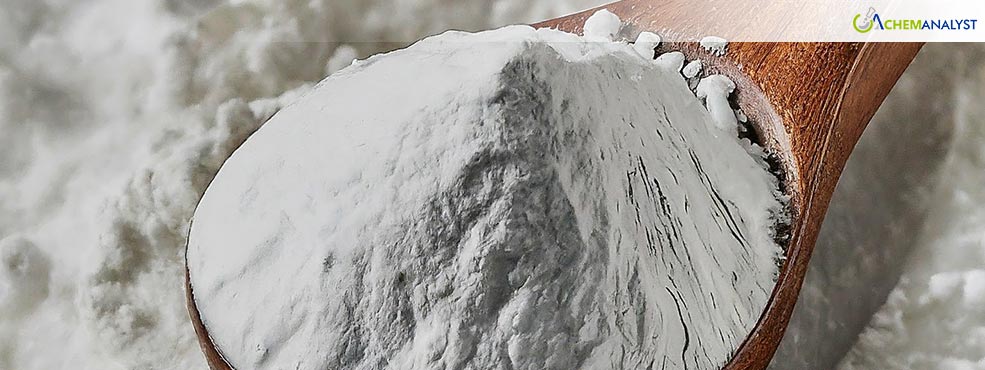Global Potassium Silicate Prices Drop in September Amid Weak Demand and Supply Chain Issues
- 07-Oct-2024 9:30 PM
- Journalist: Peter Schmidt
In September 2024, global prices for Potassium Silicate decreased, especially in the European and Asian markets. In Asia, the downturn in Potassium Silicate market was driven by weak demand from downstream sectors such as ceramics, glass, and construction, as these industries faced a slowdown in major markets like China, India, and South Korea. Similarly, the European market experienced a price drop due to the availability of cheaper imported materials and weak demand from downstream industries. Compounding these challenges were supply chain disruptions along major trade routes, ongoing geopolitical tensions, and port congestion. As a result, the price of Chinese Potassium Silicate glass grade (Spot Ex-Shenzhen) dropped by 1%, while the German Potassium Silicate (glass grade DDP Hamburg) saw a 2% decrease during the month.
The European Potassium Silicate market has witnessed a significant drop in prices, primarily driven by reduced demand from the downstream construction sector. This reduction has been exacerbated by lower costs of imported materials from both other European nations and Asian countries, facilitated by eased freight rates from Asia to Europe. The construction industry in the Eurozone continues to face considerable challenges, with September marking a sustained decrease in housing activity, adversely affecting Potassium Silicate demand. Housing construction has fallen at one of the fastest rates on record, while commercial building projects have also seen a decline, leading to the steepest drop-in overall construction activity since January. Construction firms have expressed weak optimism for the future, with confidence levels reaching their lowest point in two years. Notably, cement demand in Spain decreased by 1.4% during the January-August 2024 period compared to the same timeframe in 2023, further influencing Potassium Silicate consumption. Additionally, prolonged strikes on the East Coast could lead to capacity constraints and shortages of empty containers in Europe, while significant congestion on the West Coast may affect equipment availability at Asian hubs. This disruption could impact intra-Asia and Asia-Europe shipping, potentially influencing imported material costs, including that of Potassium Silicate.
The Asian Potassium Silicate market has also experienced a decline, primarily driven by weak demand from the downstream construction industry, particularly in key markets like China and India. This decline in Potassium Silicate demand was further intensified by logistical disruptions caused by Typhoon Bebinca, which brought heavy rains and widespread flooding, hindering transportation efforts during the Mid-Autumn Festival, and exacerbating the already sluggish demand. This challenging environment has created significant uncertainty for market participants, who are contending with a landscape characterized by oversupply, reduced demand, and logistical challenges, all of which have negatively impacted Potassium Silicate prices.
According to ChemAnalyst, the Potassium Silicate market is anticipated to maintain a bearish outlook through the end of the year in both European and Asian markets, primarily due to persistently low demand from downstream sectors. The European market continues to grapple with economic challenges that may dampen consumer sentiment and spending. Meanwhile, the Asian market has been adversely affected by recent typhoons, which have disrupted operations and logistics, while the approaching winter season is likely to further influence demand dynamics in the coming months. Additionally, ongoing geopolitical tensions and disturbances in the Middle East could significantly impact global market dynamics, creating further uncertainty for materials including Potassium Silicate prices and availability.



